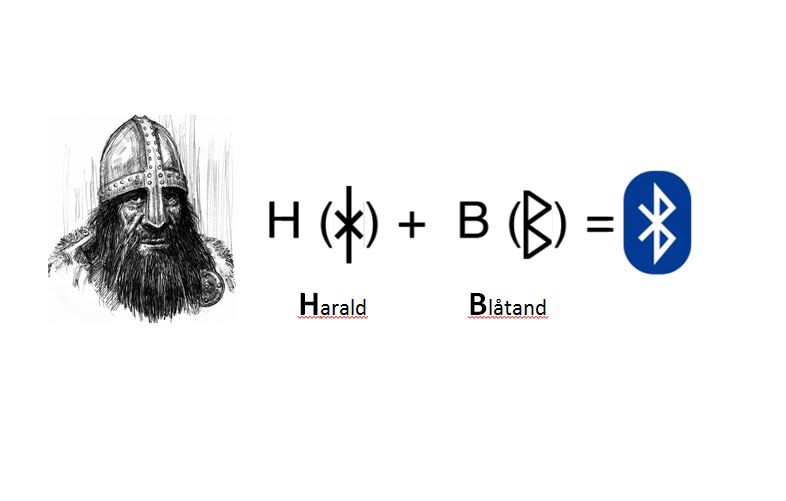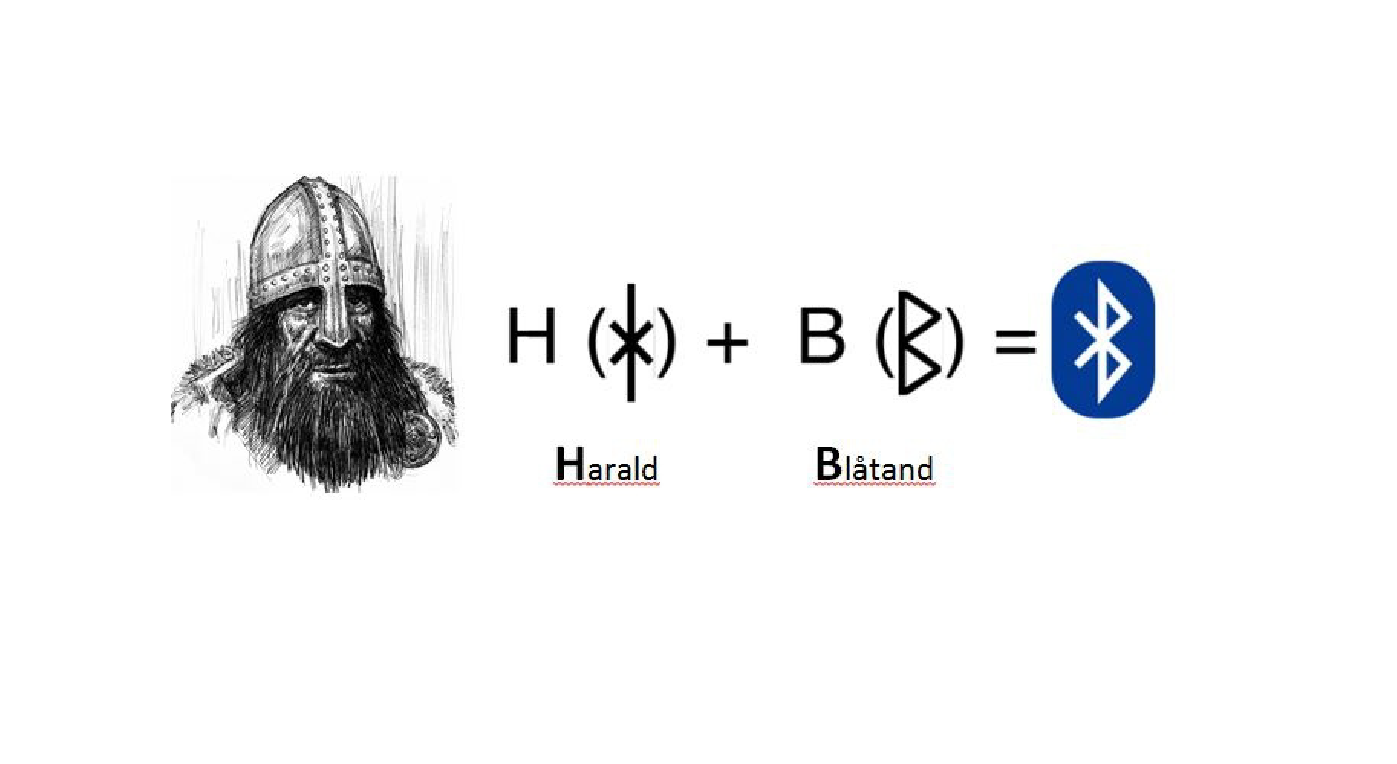“Signs that burn like shooting stars
That pass across the night-time skies
They reach out in their mystic language
For us to read between the lines”
As I hear Neil Diamond crooning these lines from his song ‘Signs’; my thoughts dwelled upon how the study of Semiotics and Ethnography and how it has gained importance in Design. While Semiotics is the study of signs & sign processes to signify or communicate, Ethnography deals with the systematic study of people and cultures. Thus the combined study of both can be termed as Ethno-semiotics. It allows User Experience Designers to better understand personas while discovering their meaning-ecosystems and their story, to arrive at what resonates with them culturally. The world is getting smaller and therefore designers need to assimilate & understand information about complex cultural data. They need to identify the meanings behind different signs that make people different from each other or that which draws them to one other. Also, there is a need for designers to break the cultural barriers as effective communication has become important due to globalization.
We are exposed to plenty of sensorial stimuli in our everyday living. Sometimes we are not even aware that we are being influenced by these at a deeper level and changing how we perceive the experiences in the world around us. It is said that the best designs are the ones that are not noticed by the users at all. Designers, therefore, have to seamlessly integrate the signs, symbols, words, imagery, a sound, a smell, or even taste that makes sense to someone in their cultural context.
Designers are expected to deliver User Experience Design that has a universal appeal if the design is to be used globally like how Facebook uses the thumbs-up button for ‘like’, the red heart-shaped button for ‘love’, and so on. Likewise, if the design is region-specific and for a particular group of people of a specific ethnicity, they can then exercise the liberty of using ethnic symbolism, phrases, or other such culture-specific communication or indicators that resonate with that group of people. Like the usage of ‘Hinglish’ (mix of Hindi & English), which is easily understood by the urban Indian population, for designing signage for a hip upscale bar chain operating in Indian metros.
It is thus vital to unearth the subconscious cultural patterns users use to find meaning around them and to understand how something is perceived by the target group to create effective UX design. Thus, semiotic analysis is one of the most powerful research methodologies to engage in communication, UX Design & Design thinking, as it finds patterns that connect symbols with the emotional and socio-cultural beliefs from the lives of user personas.
Fun story behind the Bluetooth symbol

Did you know that the Bluetooth logo is the old rune for H and B (for Harold Bluetooth)?
A Danish king, Harold Gormsson or Harald Blåtand (Harold Bluetooth, in English) from the 10th century Denmark. He was utterly fond of eating blueberries, and his tooth was always stained blue, which gave him the name. He was responsible for uniting the warring factions in parts of Norway, Sweden, and Denmark. Ericsson, the Swedish telecommunication technology company invented Bluetooth technology in 1994. Since this technology brought together and allowed connectivity between disparate products, in 1997 the name ‘Bluetooth’ was suggested for it to be trademarked. It was just a happy coincidence that the symbol of Bluetooth is a combination of two runes from the younger Futhark, which was the runic alphabet used by the Vikings then and it combined look a bit like a B!
To arrive at this symbol, they used the initials of Harald Bluetooth, to create what is called a bindrune. This bindrune is merging of his two initials that consist of the letter H (ᚼ) and the letter B (ᛒ). ᚼ is known as the Hagall rune, and ᛒ is the Bjarkan rune. Creating such a bind rune was something that was done in the Viking age, but it was not very commonly used. Thanks to technological penetration, everyone in the world is quite familiar with this old bind rune now known as the Bluetooth logo!


Wouldn’t it be more interesting then, if we can thus weave new with the old and find new meanings with symbols and it’s context?








